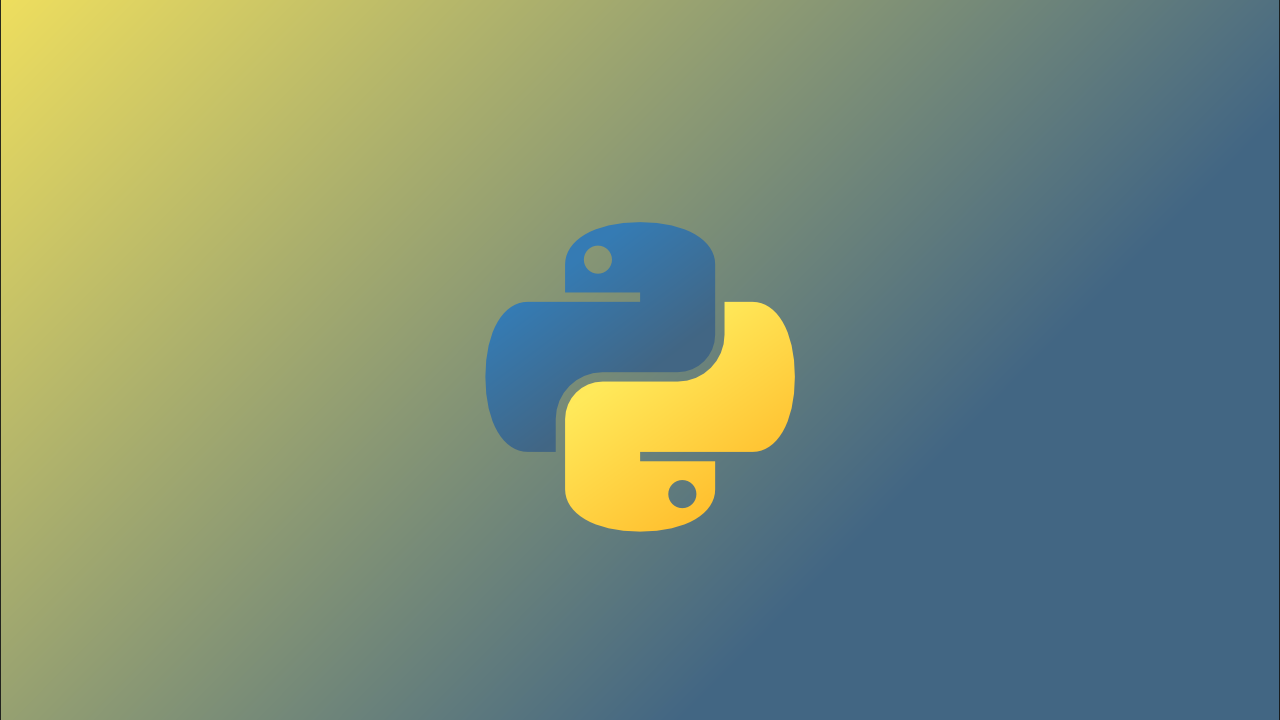Federated learning (FL) is a new paradigm for building machine learning (ML) models that keeps user data private. Compared to more traditional machine learning approaches, in which data is collected and fed to a central server, user data used in FL is not transferred anywhere. Instead, a model is trained using each user’s private data, and only the a local model update is sent back to a server. This way, the users’ data is kept private while, indirectly, being used for building improved models.
Through this project that extends to a couple of tutorials, we’ll apply the concepts of FL in Python to build a demonstration of how a system like this might work. The client, server, and their interactions will be implemented by using programming sockets with the socket Python library. The client-server application will handle multiple clients simultaneously. Using PyGAD, we’ll also create a feed-forward neural network (FFNN), also using a genetic algorithm (GA).
This project won’t introduce FL from scratch, but there are some resources available below, in the Getting Started with Federated Learning section. The reader should have some basic information about networking terms [Internet Protocol (IP), socket, and Transmission Control Protocol (TCP)].
The code for this project is available at Federated Learning GitHub project under the TutorialProject directory.
Through this tutorial, a client-server application will be created using socket programming. The code for this tutorial is available in the Federated Learning GitHub project under the TutorialProject/Part1 directory. The later tutorials will build upon this application.
The outline of this tutorial is as follows:
- Getting Started with Federated Learning
- Building a Server
- Building a Client
- Running the Client-Server Application
- Receiving Messages of any Length
- Behavior of the Client-Server Application
Getting Started with Federated Learning
Most of the data in the world are contained not publicly on servers, but on client-side devices and sources (i.e. mobile phones, edge devices). Typically, users don’t end up directly sharing their data anywhere outside their devices. And if they do, there’s no guarantee of privacy. In this way, ML models are typically trained on data that’s been collected and stored in a centralized server. Using FL, a model can be created directly out of such private data.
To get started with FL and explore how it works in more detail, you can check out a previous tutorial of mine in which the benefits, steps, and problems of FL are explored.
Introduction to Federated Learning
Enabling on-device training, model personalization, and more
The above summary is what will be implemented in this tutorial using socket programming.
It’s also important to note that while FL is held up as a technique that can guarantee the privacy of user data, in some cases, such privacy can be broken.
#federated-learning #machine-learning #guides-and-tutorials #python #heartbeat
